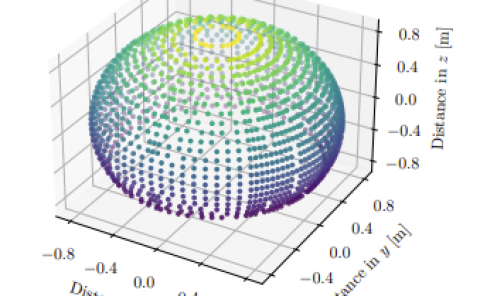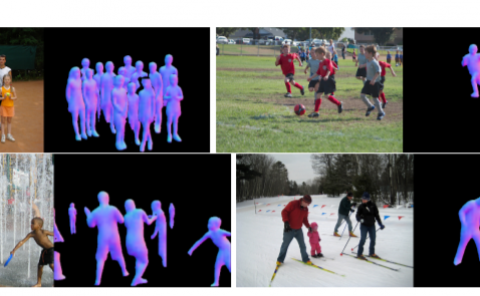Quantitative evaluation of hand functions using a wearable glove with multiple sensors
PubDate: August 2021
Teams: Wuhan University of Technology
Writers: Chaoyue Yin; Quan Liu; Wei Meng; Qingsong Ai
PDF: Quantitative evaluation of hand functions using a wearable glove with multiple sensors

Abstract
Quantitative rehabilitation assessment can provide data-based evaluation results, which is helpful to the rehabilitation process. The purpose of this paper is to automatically evaluate hand functions using a wearable glove with multiple sensors. This paper uses three inertial sensors and one thin pressure sensor to make a wearable glove. IMU sensors are used to capture the human motion, while the pressure sensor to measure the fingertip pressure. Then the automatic evaluation is carried out from three aspects: 1) IMU sensors were used to obtain joint angle and evaluate range of motion (ROM); 2) Pressure sensor was used to obtain movement time and evaluate flexibility; 3) The collected human motion information and fingertip pressure data were used to train Convolutional Neural Networks (CNN) and Fully Convolutional Network (FCN), respectively. Two-stream model based on CNN and FCN was used to score the movement completion of the subjects automatically. Experiments show that the data collected by wearing the wearable gloves can effectively obtain the hand joint angle, evaluate the flexibility, and score automatically. In addition, by using both hand motion data and pressure data, the accuracy can reach 94.3%, which is 11.4% higher than using one of them alone. The glove with automatic evaluation ability can be applied to virtual reality, remote rehabilitation and other fields.


